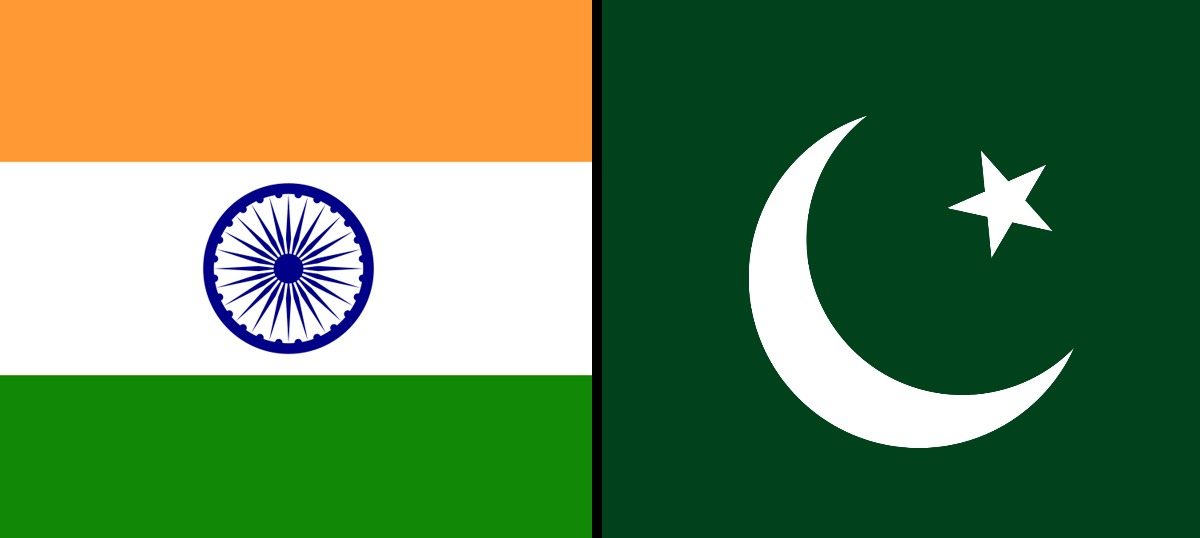News Highlights:
According to the defence ministry, only three minor incidents of “violations” were recorded along the Line of Control (LoC) in Jammu and Kasmir after Indian and Pakistani armies agreed to observe a ceasefire in February last year.
Line of Control (LoC)
- About
- The Line of Control (LoC) is a military control line between the Indian- and Pakistani-controlled parts of the former princely state of Jammu and Kashmir—a line which does not constitute a legally recognised international boundary but serves as the de facto border.
- The Line of Control (LoC) emerged from the 1948 ceasefire line negotiated by the United Nations (UN) after the Kashmir War.
- Establishment:
- It was established as part of the Simla Agreement at the end of the Indo-Pakistani War of 1971.
- Both nations agreed to rename the ceasefire line as the “Line of Control” and pledged to respect it without prejudice to their respective positions.
- Apart from minor details, the line is roughly the same as the original 1949 cease-fire line.
- LoC is demarcated up to the Siachen Glacier (Point NJ9842)- the world’s highest battlefield.
- LoC is delineated on a map signed by the Director General of Military Operations (DGMO) of both armies and has the international sanctity of a legal agreement.
Ceasefire agreements between India and Pakistan:
- The Karachi Agreement of 1949:
- This agreement ended the first war between newly formed India and Pakistan.
- It was the first ceasefire agreement between the two countries. The United Nations Commission for India and Pakistan supervised it. This agreement created a boundary line in Kashmir called the Ceasefire Line or CFL.
- Accordingly, the United Nations Military Observer Group in India and Pakistan (UNMOGIP) was mandated to monitor the ceasefire along the CFL.
- Tashkent Agreement of 1965:
- The India-Pakistan war of 1965 also ended in a ceasefire. But, the CFL was unaltered in this agreement also.
- So similar to the Karachi agreement, the status quo was maintained in border areas even after signing the Tashkent agreement.
- Shimla Agreement of 1972:
- This agreement was signed after the Bangladesh liberation war of 1971.
- But unlike in 1965, the status quo was changed under the Shimla Agreement.
- The Suchetgarh Agreement of 1972 delineated the ‘line of control’ in Jammu and Kashmir. So the Shimla Agreement converted the ceasefire line into a Line of Control (LoC).
- Further, under this agreement, both countries agreed to resolve the disputes bilaterally.
- This was considered a smart move by India because of two reasons, It changed the nomenclature and the physical alignment of the India-Pakistan dividing line between Kashmir. It also made the UNMOGIP presence in Kashmir irrelevant. As the UN was not even a party to the Shimla Agreement.
- Ceasefire Agreement of 2003:
- This agreement came after four years of Kargil and two years after the Indian Parliament got attacked.
- Pakistan PM announced the Ceasefire on LoC on November 26, 2003.
- It is not a formalised document.
Importance of India-Pakistan good relations:
- Easy access to Afghanistan and beyond:
- It can help in the development of Afghanistan and also connect the region to Central Asia, where India has export potential and the area is rich in minerals.
- Decrease military spending:
- Significant expenditure of our military spending is because of unrest from our neighbours.
- Good relations with them would probably reduce military expenditure.
- Trade potential:
- There is a $40 billion trade potential between India and Pakistan, which is unrealised due to issues in bilateral relations.
- Mutual growth:
- A stable Pakistan can bring peace to India and help focus on more considerable poverty and development issues in both nations.
- Energy security:
- Turkmenistan–Afghanistan–Pakistan–India Pipeline (TAPI), is also known as the Trans-Afghanistan Pipeline.
- It is a 1,814km natural gas pipeline from Turkmenistan that passes through Afghanistan and Pakistan to reach India.
- The project is not yet finished.
Pic Courtesy: Scroll. in
Content Source: The Hindu



